Video Shows Aggressive “Thumb Splitters” Mantis Shrimp Wash Ashore on U.S. Beaches After Storm
The scary looking shrimp are invading the beaches of Delaware
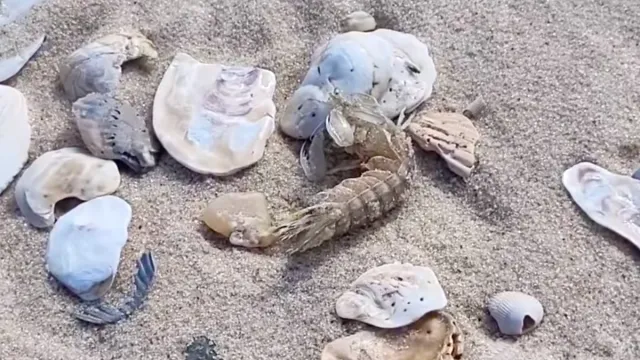
The beaches of Delaware are an incredibly popular destination during the summer months, with thousands of tourists descending upon the picturesque seashore. Even the President of the United States, Joe Biden, can be found spending his summer days on the beach outside of his palatial Rehoboth beach house. By October, usually, the beaches begin clearing out as the temperature drops. However, this year they happen to be filling up – but not with humans. According to experts and a new video, the beaches in Delaware have become the stomping ground of some pretty scary-looking shrimp.
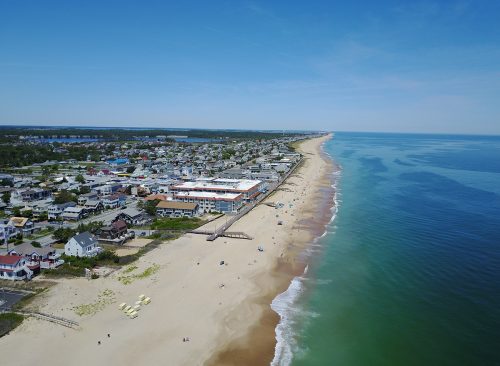
Last week Delaware Seashore State Park shared a video of “thumb splinters” washing ashore many of the state’s beaches, including Dewey Beach and Delaware Seashore State Park. Keep reading to learn more and see the video.
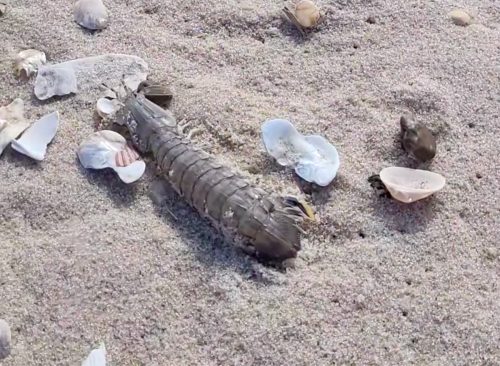
Per USA Today, the mantis shrimp are aggressive crustaceans that can easily injure a human or pet – and they look pretty scary too! According to the Chesapeake Bay Program, the species has “a pair of long, jackknife claws that resemble a praying mantis,” which they use “to spear or slice through prey with a quick, slashing motion.”

“The strike velocity of a mantis shrimp’s large, powerful claws is one of the fastest movements of any animal on earth,” their profile on the Chesapeake Bay Program website says. “It takes a mantis shrimp less than 8 milliseconds to strike, which is about 50 times faster than the blink of a human eye.”
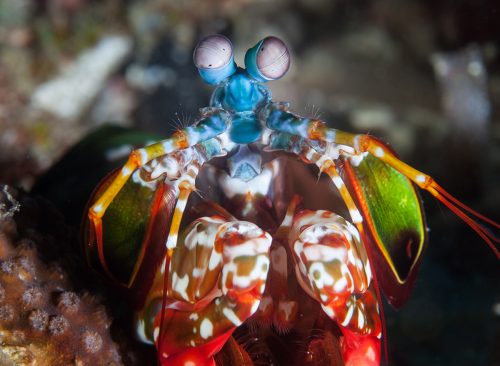
According to the University of Michigan Museum of Zoology, adult western Atlantic mantis shrimp grow to be about 8 to 10 inches long and can be found as far north as Cape Cod and south to the Gulf of Mexico.
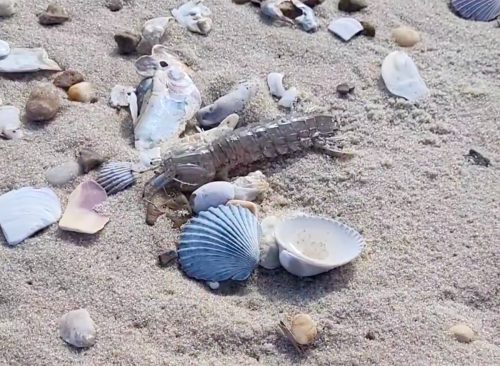
“I saw them on the beach this morning! They were a little freaky to tell the truth. Never saw them before and they were far away from the water. Birds weren’t eating them. Where did they come from?” commented a local on Instagram. “Usually off shore,” responded the State Park. “If we get a strong NE wind sometimes we see this. They may also live in between the rocks of the inlet jetties.”














